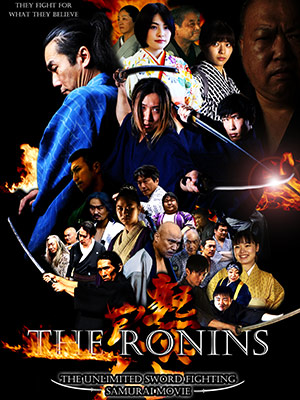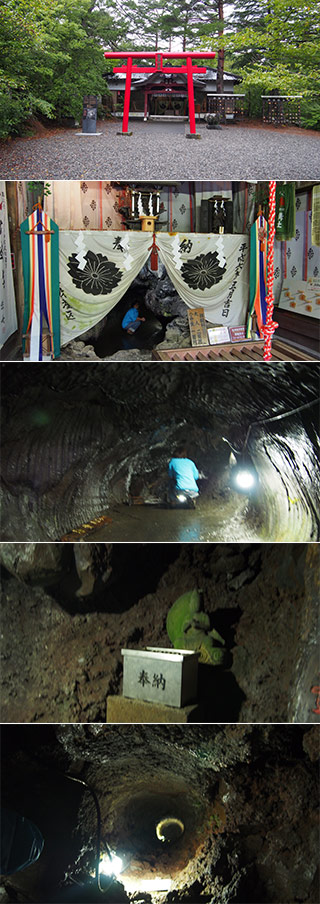Funatsu Tainai Jukei is a cave created by the lava flow from Mt. Fuji. It is located in Lake Kawaguchi Field Center.
About 1,000 years ago the lave from Mt. Fuji flow over the forest and burned down the tree. Those fallen tree were burned down in the lava, but the shape of the trees remained and created the small caves. The surfaces of the trees created the unique texture on the wall that were looks like the inside of the human body.
Later, because it is located on the trail of Mt. Fuji climbing, many people who climb up Mt. Fuji, visit here to worship and cleansing their body and mind. Because inside of the cave looks like the womb of mother, people believe that going through this cave represents the reborn of your body.
Because of those historical and religious vaule, it is designated as one of the Fujisan, sacred place and source of artistic inspiration.






